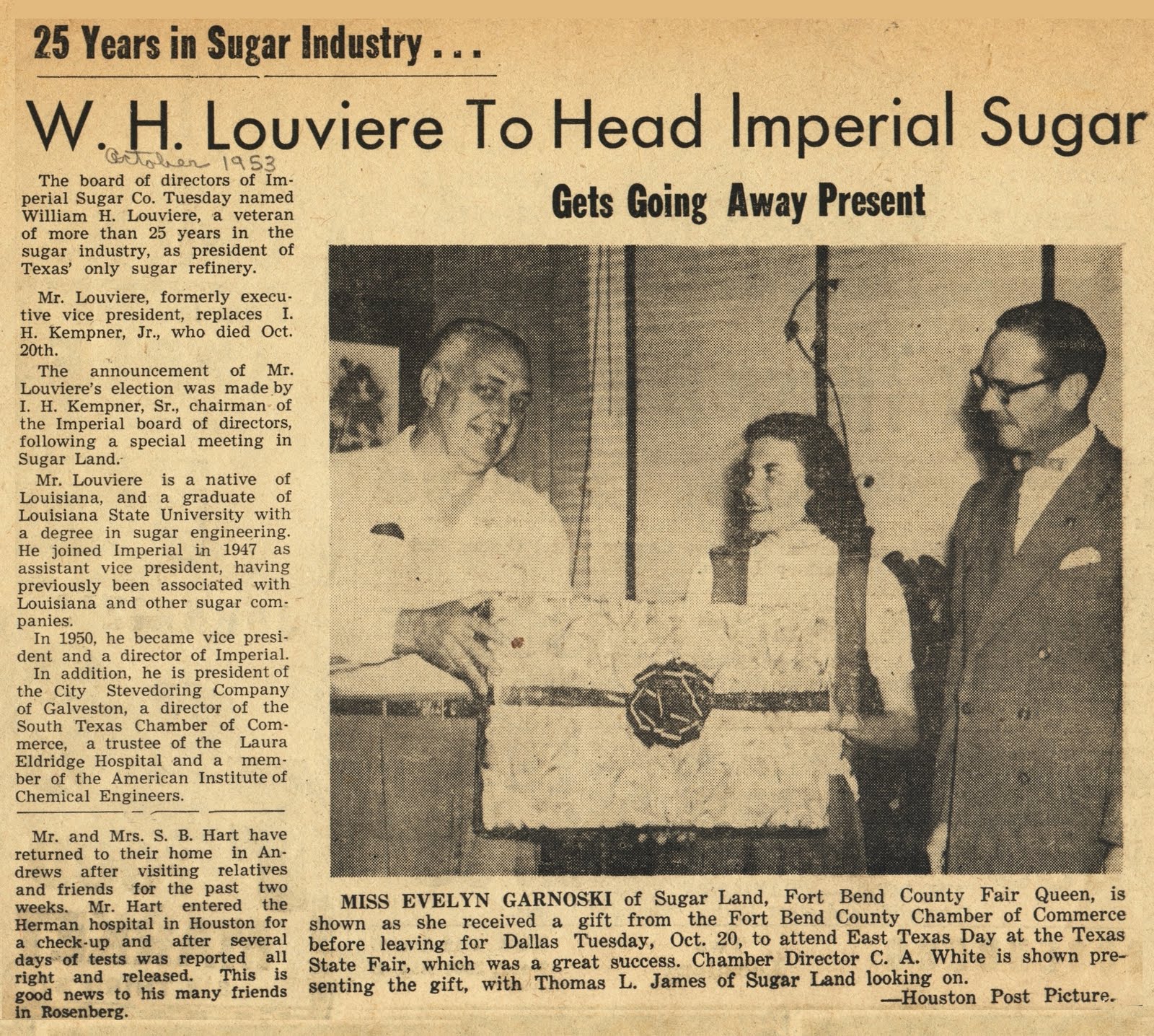I've been working at the Sugar Land Heritage Foundation for several months, reviewing their collection of artifacts. I think their collection is fantastic; all kinds of things turn up.
Here are two photos I hoped to find, but wondered if I ever would. The first is the only picture of the Palms Theater auditorium I have seen. (Of course, I hope we find more.) It was taken on September 11, 1957 and shows the stage prepared for an Imperial safety awards program.
I've posted aerial photos showing the Dairy Queen, but here's a ground photo showing the old haunt in all its glory. It was taken in July 1957.
The Museum is in temporary quarters for the foreseeable future, so display space will be limited for an extended period of time. We are, however, rearranging our current layout to allow exhibition of more items from the collection.
I hope the photos in today's post will pique your interest enough to visit the Museum on a Saturday morning between 9:00 am and 1:00 pm. It's located in the old Imperial Engineering-Personnel building next to the Char House.
I'll alert you when new items go on exhibition.



































